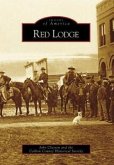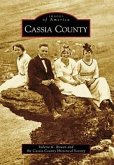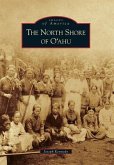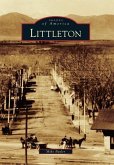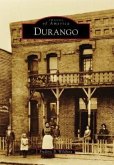In the language of the Shoshone, Sacagawea's people, the Deer Lodge Valley was it-soo-ke-en-carne. The name referred to a lodge-shaped mound--a natural salt lick where deer gathered. By the early 1800s, French-Canadian trappers and traders were exploring the valley's river (now known as the Clark Fork River) and its tributaries. The Shoshone name was translated into French as la loge du chevreuil. Soon, as Montana's gold rush began, traders from Fort Hall in southern Idaho settled here. The town became Spanish Fork, Cottonwood, La Barge City, and finally the Shoshone name returned, now in English, as Deer Lodge.
Hinweis: Dieser Artikel kann nur an eine deutsche Lieferadresse ausgeliefert werden.
Hinweis: Dieser Artikel kann nur an eine deutsche Lieferadresse ausgeliefert werden.

